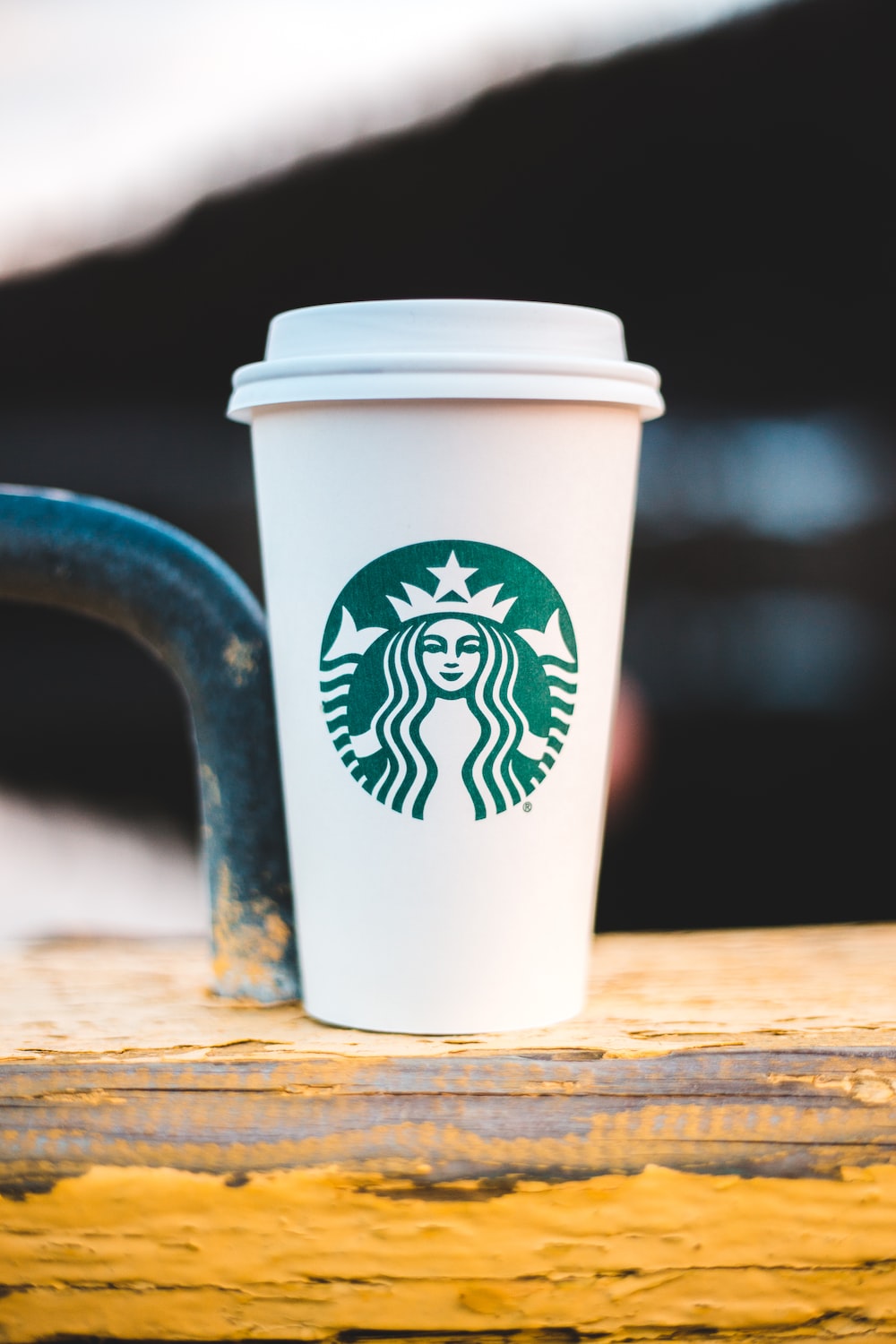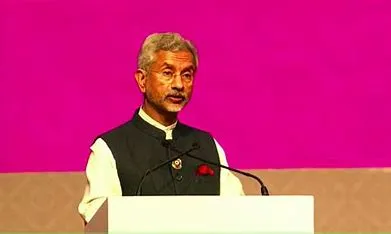Bethany Patton steps up to the counter and places her pink mug into a shoebox-sized dishwasher. It spins. It whirs. Water splashes inside. After 90 seconds, the door opens and steam emerges. A barista grabs the mug, dries it and prepares Patton’s order — a 16-ounce Starbucks double espresso on ice. For bringing her own cup, Patton gets $1 off her drink.
“Saving the environment is important and all, but I probably come here more in knowing that I’m going to get a dollar off,” says Patton, 27, a cancer researcher at Arizona State University. Two friends who came on the afternoon coffee run nod in assent as they hold the cups that they, too, brought along.
Just as noteworthy as what they’re carrying is what they are not: the disposable Starbucks cup, an icon in a world where the word is overused. For a generation and more, it has been a cornerstone of consumer society, first in the United States and then globally — the throwaway cup with the emerald logo depicting a longhaired siren with locks like ocean waves. Now, in an era where concern for the environment and sustainability can be good business, the Starbucks disposable cup may be on its way to extinction thanks to an unlikely force: Starbucks itself.
By 2030, Starbucks wants to move away completely from disposable cups, which represent big portions of the company’s overall waste and greenhouse gas emissions. The stated reason is that it’s the right thing to do for the environment, and Starbucks has a long history of lofty sustainability goals around many aspects of their global operations. Today’s drive to completely overhaul the cup arguably comes with a business imperative, as extreme weather events and other manifestations of climate change make waste like disposable cups more notable, and by extension increased expectations from customers for the company to be part of the solution.
The goal: to cut the company’s waste, water use and carbon emissions in half by 2030. Pulling that off will be tricky, is fraught with risks and provides a window into what companies must do to go from ambitious sustainability targets to meeting those goals.
“Our vision for the cup of the future — and our Holy Grail, if you will — is that the cup still has the iconic symbol on it,” says Michael Kobori, head of sustainability at Starbucks. “It’s just as a reusable cup.” Starbucks is not the first company to push toward a reusable cup. But as the largest coffee company in the world, with more than 37,000 stores in 86 countries and revenues of $32 billion last year, Starbucks could force change across the industry.
STARBUCKS PLAN FOR SUSTAINABLE USE
- Starbucks increasing recycled material in paper cups.
- Some markets now use 30% recycled paper cups (up from 10%).
- Plan to make all U.S. cups 30% recycled by early 2025.
- Similar efforts for plastic cold drink cups.
- Testing at Starbucks’ Seattle lab detects leaks and flaws.
- Target to reduce cup material by 15% by end of 2023.
- Focus on identifying areas for material reduction without weakening cups.

















